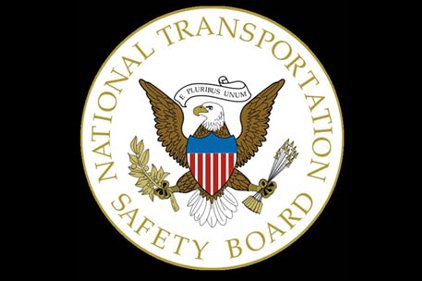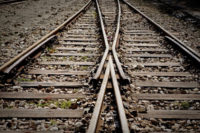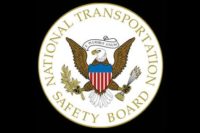Maintenance may be culprit in Conn. train derailment
NTSB go-team heads back to Washington

 The National Transportation Safety Board (NTSB) is focusing on maintenance work done on the track in its ongoing investigation into the May 17 derailment and collision of two Metro-North trains near Bridgeport, Conn.
The National Transportation Safety Board (NTSB) is focusing on maintenance work done on the track in its ongoing investigation into the May 17 derailment and collision of two Metro-North trains near Bridgeport, Conn.
The accident along a busy New York–New Haven corridor injured more than 70 people, at least five of them critically.
U.S. Senator Richard Blumenthal (D-Conn.), who visited the site shortly after the crash, called the damage to the tracks and trains "absolutely staggering."
"Ribbons of the sides of cars are torn away like ribbons of cloth," Blumnethal said. "Tons of metal tossed around like toy things. The insides of (train) cars are shattered."
Sources say wreckage was strewn for about 200 yards.
After completing the on-scene phase of the investigation, the NTSB go-team left Bridgeport yesterday, taking the photos, video, data, reports and records it accumulated back to D.C. for analysis.
The team conducted mechanical inspections of the rail cars, the track and signal system; interviewed several Metro-North employees, witnesses and first responders and thoroughly documented the accident site.
The investigators have learned from inspection reports that in April, maintenance work was done in the area of the derailment of the eastbound train. The records revealed that a joint bar -- used to join two sections of rail together -- was cracked and that it was repaired by Metro-North personnel. Sections of rail in the area of the derailment have been removed and shipped to the NTSB materials laboratory in Washington for further examination. In addition, Metro-North is conducting an inspection and inventory of all the joint bars on its main line tracks.
Initial information obtained from onboard event recorders indicates that the eastbound train derailed, came to a stop, and was struck about 20 seconds later by the westbound train. With regard to the westbound train, information from the recorders indicates that the westbound train engineer applied the emergency brakes prior to striking the eastbound train.
During an interview with the eastbound train engineer, he informed NTSB investigators that he saw what he described as an unusual condition on the track as he approached the Interstate 95 overpass. He also stated that the train came to a stop before being struck by the westbound train.
Positive train control is a technology that prevents two trains, traveling on a single track, from colliding with one another. The Metro-North trains involved in this accident were traveling on two separate but parallel tracks. The collision occurred after the eastbound train derailed. Because the trains were not traveling on a single track, it is not believed that PTC would have prevented the accident.
To be alerted to any updates or developments, follow the NTSB on Twitter at twitter.com/ntsb.
Looking for a reprint of this article?
From high-res PDFs to custom plaques, order your copy today!





